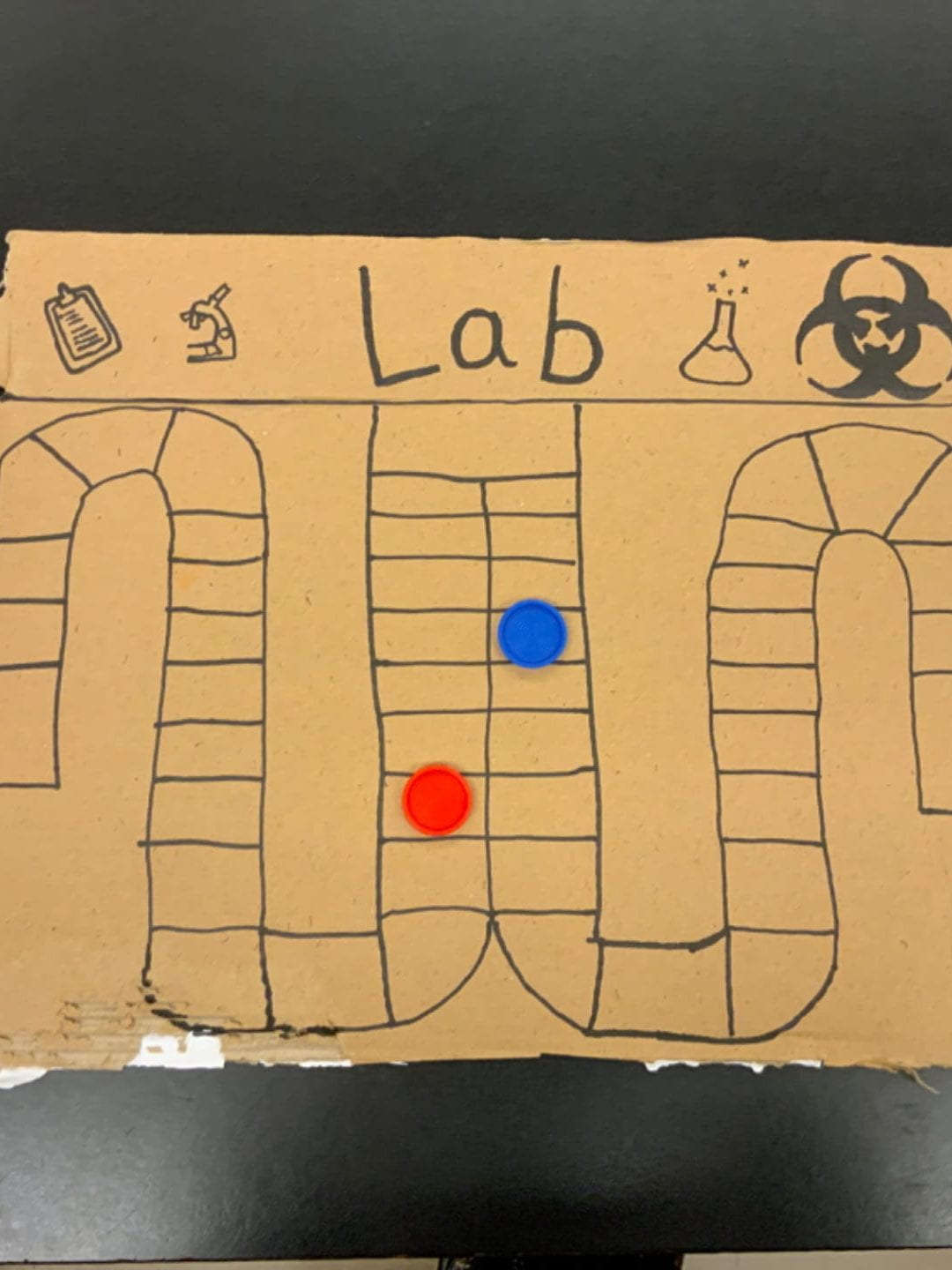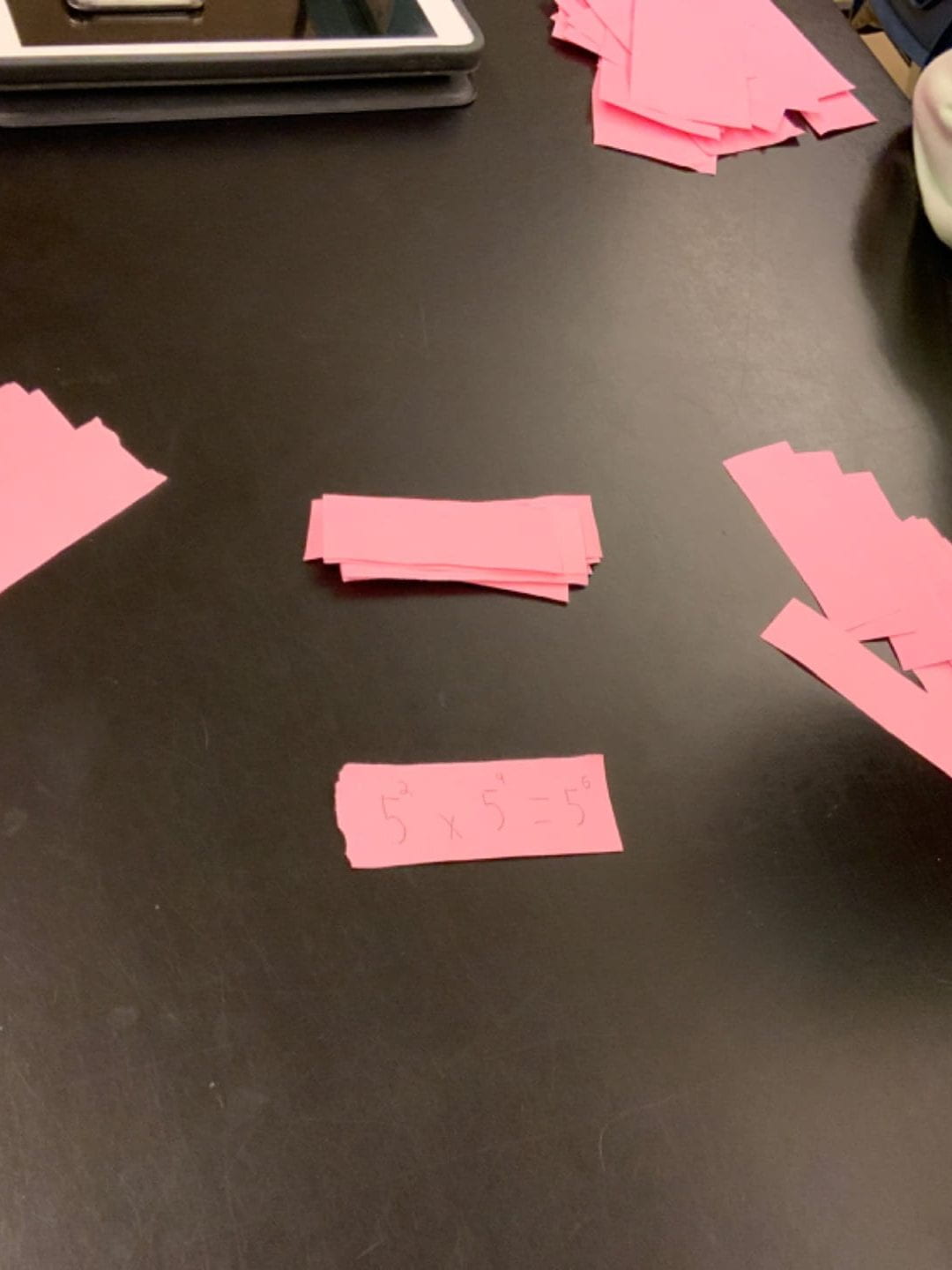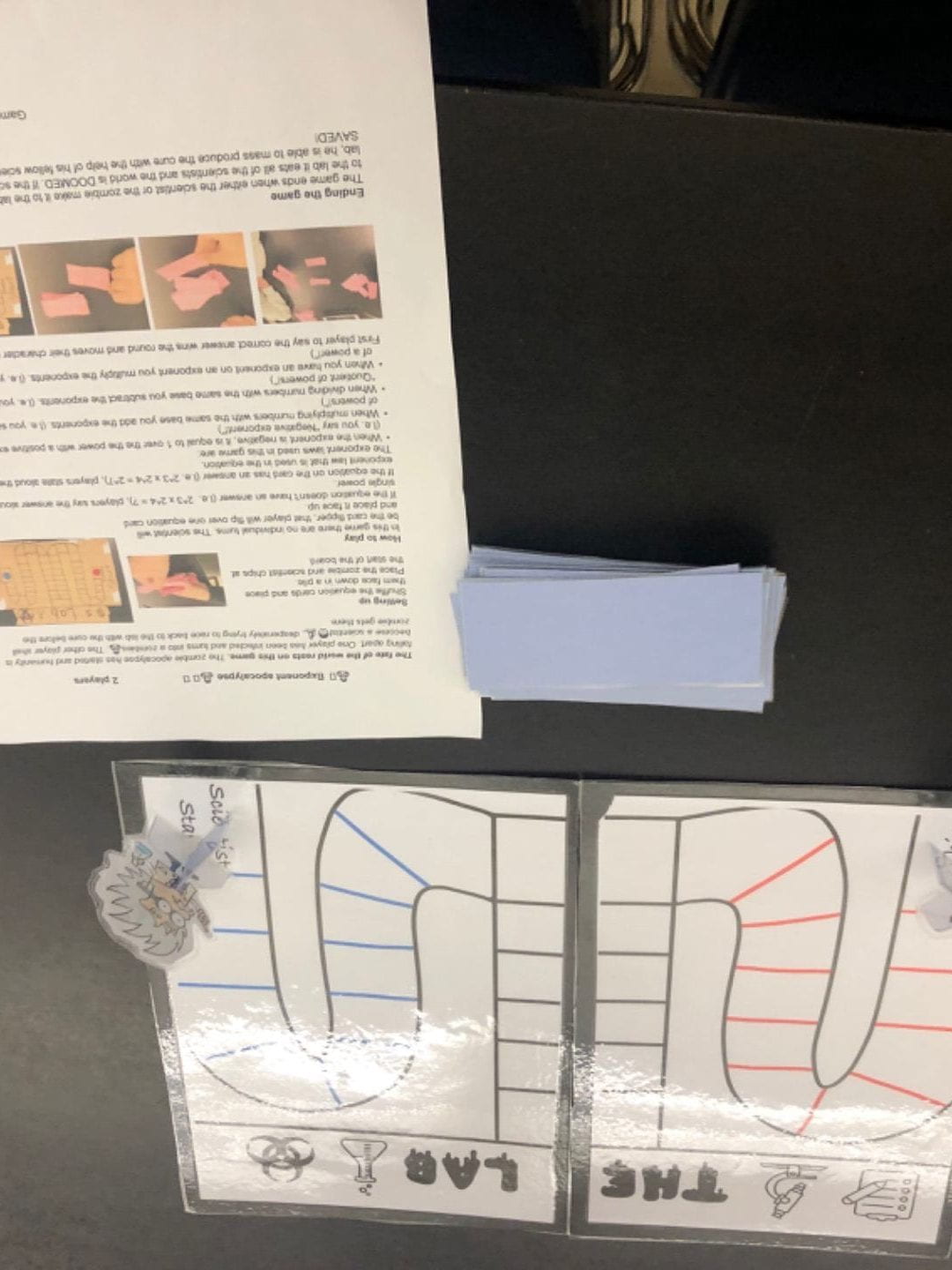Hello to whomever is reading this 👋🏼. Tis I, Brooke. And I’m back with my second blog post for this new school year.
People and the environment. Let’s talk about it. The driving question for this project was “How do people and the environment affect each other?” And the short answer is rather simple. Both people and the environment hold a lot of power over one another.
The product of this project is a physical letter sent to someone who can create change on a specific environmental issue. I wrote my letter about plastic bag pollution to the Minister of Environment and Climate Change Strategy, the Honourable George Heyman. But in order to have a letter that is worthy of being sent to such an important person, we had to do a lot of writing practice.
The letter
The topic of our letter is an environmental issue of our choice in British Columbia. I chose to research and write about plastic pollution in BC, specifically plastic bags. I researched a lot about what BC is already doing about reducing single use plastic and I came across CleanBC’s Plastics Action Plan. I think that reducing single use plastic waste is super important and that is why I chose to bring this issue up with Minister George Heyman.
I only put two drafts into the slideshow because most of my drafts were just adding small details or re-wording a sentence or two. Overall I think that I could’ve done a more sophisticated job at executing the final letter but I am still proud of what I put into the mailbox.
CommonLit
A very important part of this project was CommonLit.org. We read 5 texts from CommonLit that all had something to do with the environment. We also did 2 writing lesson assignments that went along with 2 of those texts. The lessons taught us about writing explanations and using evidence with context. There were also 2 vocabulary quizzes that took place on CommonLit to help us use better vocabulary choices when writing about climate change. Overall even though I found the CommonLit assignments annoying at times, I can definitely say that they have helped me improve the way I write.
About two weeks into this project we read a CommonLit poem called “Song For The Turtles”. We were then asked to go outside and write our own poem about our environment. Lots of people wrote their poems about the destruction of the environment but I chose to write mine about what I observed while sitting among the sunflowers in the school garden. Here is my poem;
Sitting Among The Sunflowers
Sitting among the sunflowers
Their tall stalks jutting up from the earth beneath
Reaching towards the sun with their flowers of gold
Bees swiftly fly to and fro
Working hard for their hive
Ants climbing up the stalks
On a mission they have yet to complete
A soft breeze arrives and the garden comes alive
The leaves shiver and sway
But the strength of the stalks never stray
Sitting among the sunflowers
Ok so admit I’m no Edgar Allan Poe, but I think that writing the poems was a great exercise in observing our environment.
CommonLit Connections
The CommonLit connections was one of the final activities in this project. We learned about identifying the theme of a text, and then had to identify the theme of our letter and the theme of one of the CommonLit texts that we read. We then wrote a multi-paragraph response connecting our letter with one of the texts, I chose to use a story called “He-y Come on Ou-t”. The common theme that I came up with for the two texts was “Simple actions can have devastating consequences on the environment.”

What have I learned?
I can say with confidence that my writing improved greatly throughout this project. I have come to be more aware of the devastating damage that climate change is doing to our planet. I hope that my letter can help create change in BC with the help of our government.
Thanks for reading!
As always, Brooke.








